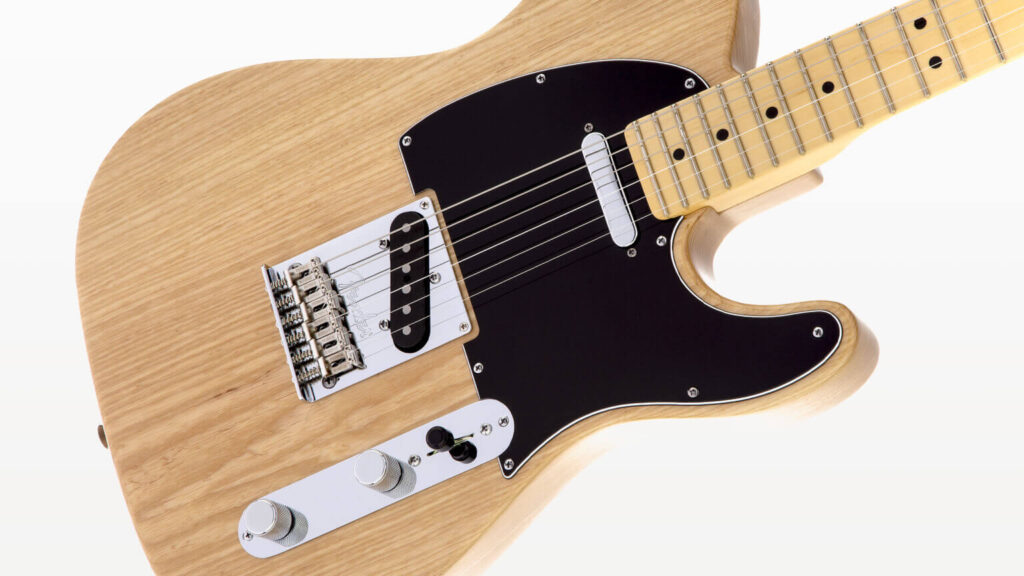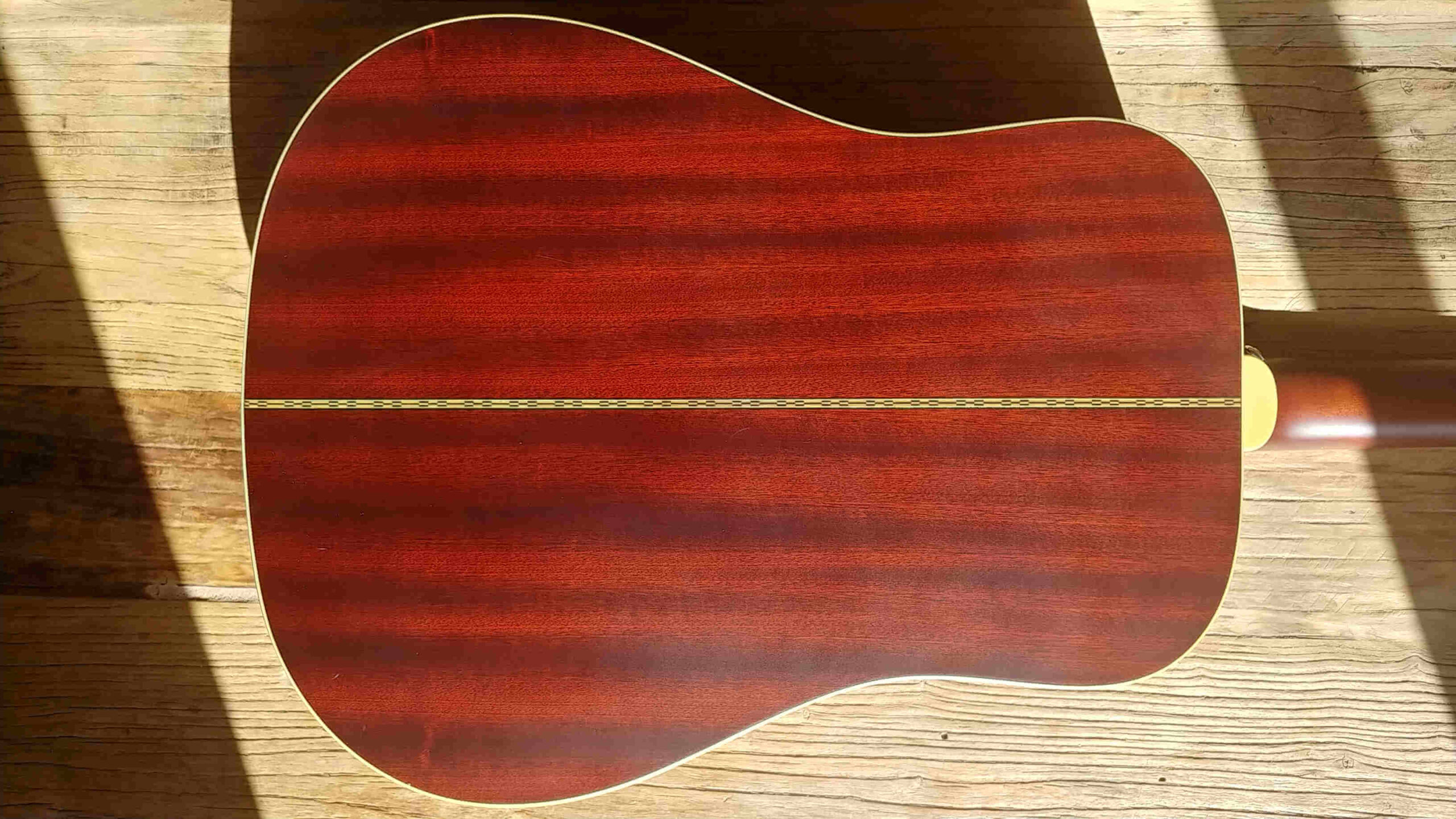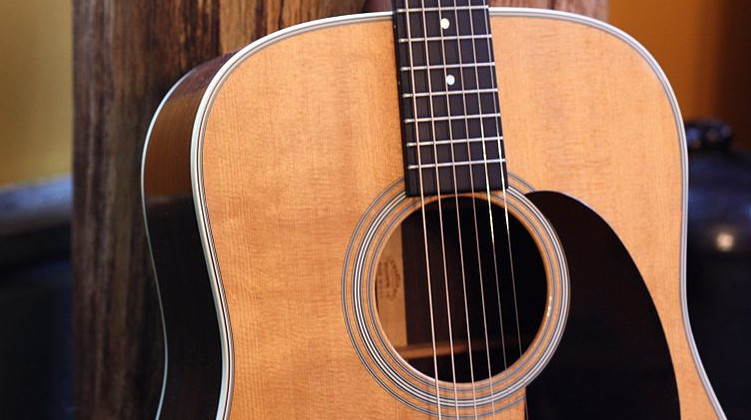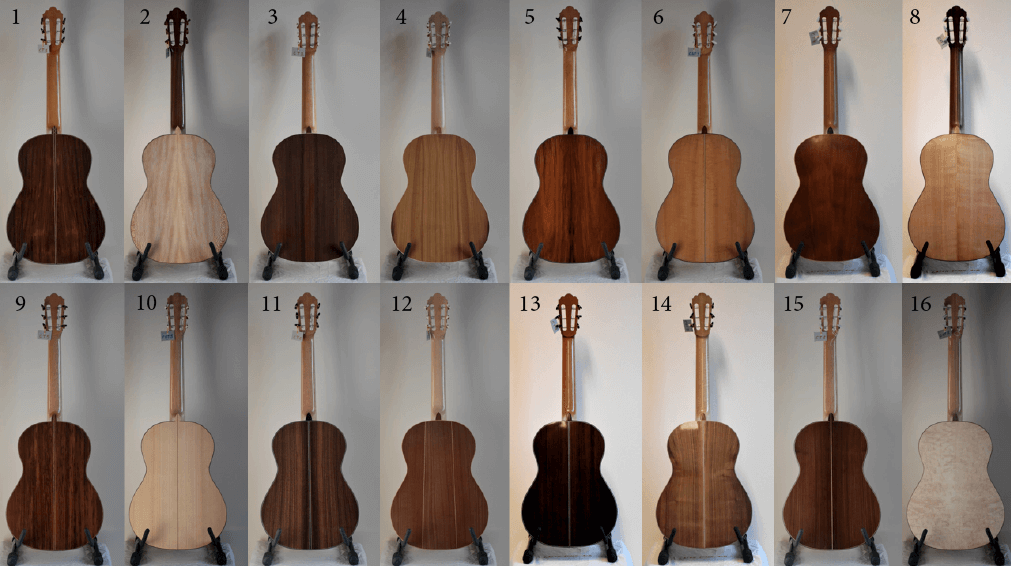
The body of an electric guitar may not shape the sound as much as an acoustic, but it still has a noticeable effect, whether made of mahogany, alder, ash, maple, walnut, or even more exotic tonewoods.
Each type of tonewood tends to become associated with certain acoustic properties such as as warm, mellow, full-bodied, bright, or balanced. But these are qualitative descriptions that easily blur into other aspects of the guitar’s construction such as the pickups or string selection.
A new study has attempted to provide some clarity by analyzing the sound differences produced by identical walnut and ash electric guitars.

Ash was a relatively common wood, which Fender used across most of its electric and bass bodies from 1950 to mid-1956 on models such as Esquires, Broadcasters, and ‘54 Strats. But the company largely switched to alder in 1956, likely because it was more easily available.
In mid-2020, Fender officially consigned ash guitars to special limited editions due to supply issues. Emerald Ash Borer beetles are causing more damage to ash supplies while more frequent flooding is also curtailing access to already limited supplies.
Walnut is a far less common wood but distinctive by its deep, dark hues which are usually left prominently on display.
How the electric guitar body affects sound

Most studies have looked at this coupling of the electric guitar’s neck movement and strings, which can dampen certain notes and even create dead spots.
However, the 2021 study, published in the Materials journal, found substantive differences in sound depending on the type of wood used to build the body. The authors built two identical guitars from ash (Fraxinus excelsior) and walnut (Juglans regia L.), as shown in the diagram above.
The pickups on an electric guitar convert most of the vibrating string’s energy into sound, which is why the body is not considered an important determinant of tone. However, the guitar still moves imperceptibly – mainly in the neck – when energy is transferred from the moving strings.
The study found the ash guitar produced higher modal frequencies than the walnut guitar.
“It is shown that in an electric guitar it is necessary to choose a wood with low damping properties for the body as well as for the neck in order to achieve a sufficiently small damping of the mechanical vibration of the whole system,” the study found.
The authors recommend electric guitars should be made from heavier woods with a “more ordered anatomical structure” to ensure damping of mechanical vibration.
“The research confirmed the advantages of using stiffer ash wood, which has lower damping compared to walnut wood, for the solid body of the electric guitar when the other identical components were used. In fact, using walnut with greater vibration damping for the guitar body has the negative effect of shortening the decay time of some open vibrating strings due to the coupling effect with the guitar neck and strings.”
Whether these attributes makes a walnut guitar sound ‘worse’ than an ash guitar is a more complex question. No two guitars are built exactly alike and, if well constructed, one attribute can offset another. The only way to test a guitar is to play it and listen.









